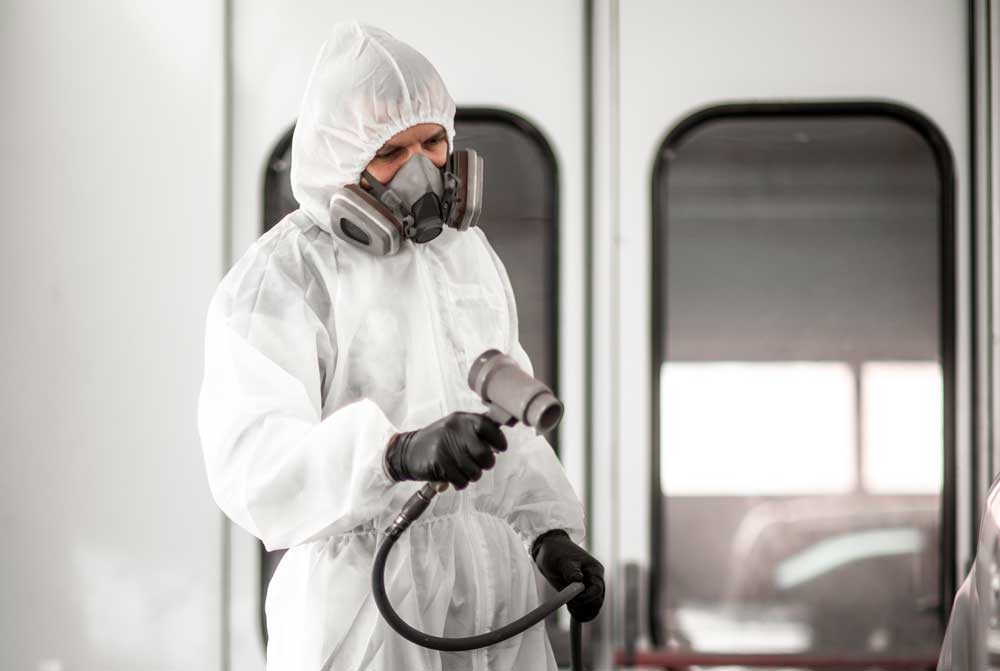Variations in coat drying time
Predictable dry times are essential for consistent paint application. Overall manufacturing and variations in that process can cause chaos to your finished product. To reduce unpredictability, you should first understand the factors that impact dry times and make the necessary changes to control these factors.
Understand the difference between “dry time” and “cure time”
Before we dive into the factors that impact the paint drying process, you should understand the basic differences between “dry time” and “cure time.”
Dry time is the time between painting and the next step. Essentially, it’s the time it takes for paint and other chemicals to dry enough to move to the next phase, which may be buffing, another coat, adding a protective layer, or moving to assembly.
As you probably know, just because something looks dry does not automatically mean it is dry. It may appear dry but could be soft or jelly-like when touched, meaning the paint underneath the surface is still wet.
Cure time is the amount of time that must pass before the part or product is ready to use. The curing process is important because it allows all layers to lock together. Keep in mind you may be able to move to other phases before cure time is complete.
Why are there variations in coating dry time?

So, why is there a variation in dry times, and what can you do to speed the process to create better consistency and predictability? First, let’s focus on the main factors that impact dry time:
Application thickness
The total thickness of the paint application will significantly influence dry time—thicker coats will dry slower, assuming all other factors are the same.
Humidity
The amount of moisture in the air will also impact dry times. If the air is thick with moisture, the water inside the paint can’t be released and won’t evaporate into the atmosphere as easily. If the air is dry, by the same token, the paint typically dries faster.
Air temperature
High and low temperatures will affect the drying process. In most cases, the warmer the air, the faster it will dry; however, high temperatures, especially if caused by direct sunlight, can cause blistering in the paint.
Low temperatures can cause the paint to thicken, resulting in a longer dry time. Extreme cold can virtually stop the drying process, and you certainly don’t want frozen paint!
How can you make dry times more consistent?
Regardless of your specific process, it’s best to have consistent, uniform dry times whenever possible.
To reduce variations, display a combination thermometer and humidity gauge in your paint booth. Then, keep the temperatures at whatever level is best for your specific application. (This can change, but between 70 and 75 degrees is ideal for most paints.) To keep consistent humidity, you may want to use a dehumidifier (or humidifier, if you are working in extremely dry areas) to maintain a steady level of air moisture throughout the day.
You can use dryers to speed up the process. It’s best to talk with professionals who can help you determine the best process and dryers to ensure a consistent coating. For example, Elevated Industrial Solutions employees can work with you on solutions.
With consistent dry times, you’ll be able to plan operations, streamline manufacturing, and reduce wasted time, resulting in increased production, efficiency, and profits for your business.
Elevated can help with dry times
Need help finding the perfect coating and finishing equipment and parts for your industrial operations? We’re here to help. We work with suppliers to provide premier brands from Wagner to RTT Engineering (previously known as Col-met). From filters to spray booths, we have everything you need.
Contact Elevated!

7 deadly sins of compressed air

Get your compressors ready after the holidays
